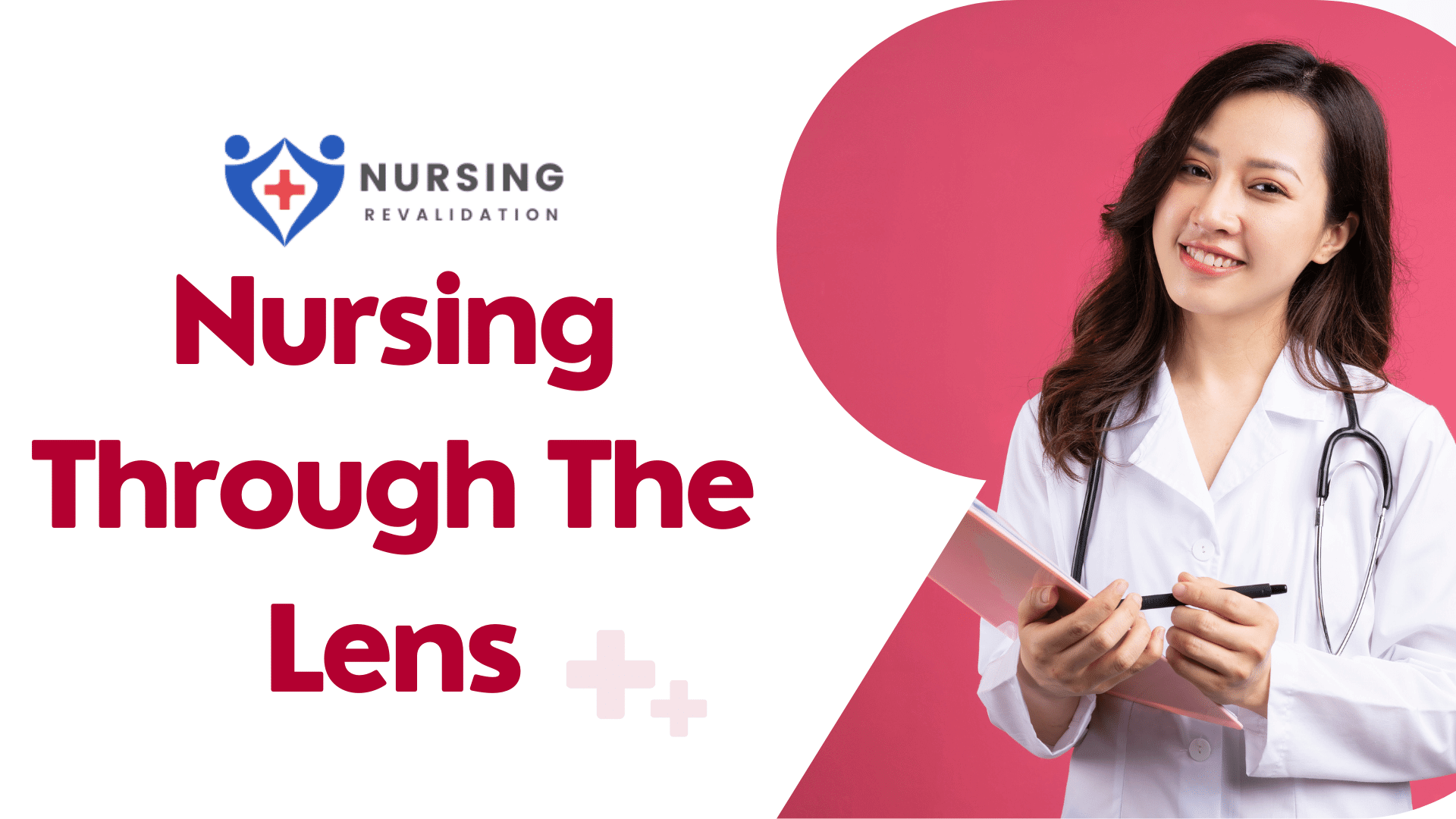In recent years, the integration of visual media, particularly photography, has become increasingly prevalent in healthcare education and awareness campaigns. This trend is not only transforming how healthcare professionals approach their work but also how the general public perceives and engages with healthcare issues. In this comprehensive guide, we delve into the role of photography in nursing, examining its significance, applications, and implications for healthcare education and awareness.
The Significance of Visual Media in Healthcare
In the realm of healthcare, effective communication is paramount. Visual media, including photography, serves as a powerful tool for conveying complex information in a digestible format. For nurses, who often find themselves at the forefront of patient care, integrating visual elements into their practice can enhance communication with patients, colleagues, and the wider community.
Enhancing Patient Understanding
One of the primary roles of nurses is to educate patients about their health conditions, treatment options, and self-care practices. Visual aids, such as photographs illustrating anatomical structures, medical procedures, or lifestyle modifications, can significantly enhance patient understanding. By supplementing verbal explanations with visual cues, nurses can bridge language barriers, cater to diverse learning styles, and empower patients to take an active role in managing their health.
Facilitating Interprofessional Collaboration
In multidisciplinary healthcare settings, effective communication among team members is essential for delivering coordinated and comprehensive care. Photography can facilitate interprofessional collaboration by providing a visual record of patient assessments, wound progression, or treatment outcomes. By documenting clinical findings through photographs, nurses can communicate critical information to other healthcare professionals, fostering a shared understanding of patient needs and promoting collaborative decision-making.
Promoting Public Health Awareness
Beyond the clinical setting, photography plays a vital role in raising awareness about public health issues and promoting preventive measures. Nurses are uniquely positioned to leverage visual media to educate the public about topics such as healthy lifestyle choices, disease prevention strategies, and the importance of vaccination. Through engaging visual campaigns and educational materials, nurses can empower individuals and communities to make informed decisions that contribute to better health outcomes.
Table:
| Application | Description |
|---|---|
| Clinical Documentation | Capturing patient assessments, wound care interventions, and treatment progress for comprehensive documentation. |
| Health Promotion Campaigns | Using visual storytelling to convey health-related messages and motivate behavior change within communities. |
| Educational Resources | Incorporating photographs into lectures, presentations, and educational materials to enhance student engagement and comprehension. |
Applications of Photography in Nursing Practice
The versatility of photography enables nurses to employ this medium across various domains of their practice. From patient care to community outreach, photography finds application in diverse contexts, each contributing to the overarching goal of promoting health and well-being.
Clinical Documentation
In the clinical setting, photography serves as a valuable tool for documenting patient assessments, wound care interventions, and treatment progress. By capturing high-quality images, nurses can create comprehensive records that aid in accurate diagnosis, treatment planning, and evaluation of patient outcomes. Moreover, photographs provide a visual reference for continuity of care, allowing subsequent healthcare providers to understand the patient’s history and tailor their interventions accordingly.
Health Promotion Campaigns
Nurses play a pivotal role in designing and implementing health promotion campaigns aimed at addressing prevalent health issues within communities. Photography serves as a compelling medium for conveying health-related messages and eliciting behavior change. Whether through posters, social media posts, or multimedia presentations, nurses can leverage visual storytelling to captivate audiences, evoke emotional responses, and motivate individuals to adopt healthier lifestyles.
Educational Resources
In educational settings, photography enriches the learning experience by providing visual representations of theoretical concepts and clinical scenarios. Nurses educators can incorporate photographs into lectures, presentations, and educational materials to enhance student engagement and comprehension. By showcasing real-life examples and case studies, educators can bridge the gap between theory and practice, equipping future nurses with the knowledge and skills needed to deliver competent and compassionate care.
Implications for Healthcare Education and Awareness
The integration of photography into nursing practice has far-reaching implications for healthcare education and awareness. By harnessing the power of visual media, nurses can address the evolving needs and preferences of patients, colleagues, and the wider community.
Promoting Cultural Competence
In an increasingly diverse society, cultural competence is essential for providing culturally responsive care. Photography can serve as a means of transcending linguistic and cultural barriers, enabling nurses to communicate effectively with patients from diverse backgrounds. By incorporating images that reflect the cultural diversity of their patient population, nurses can demonstrate respect for individual differences and promote inclusivity in healthcare delivery.
Advancing Technological Literacy
As healthcare continues to embrace technological advancements, nurses must possess the necessary skills to navigate digital tools and platforms effectively. Photography provides an avenue for nurses to develop technological literacy and proficiency in utilizing imaging devices, photo editing software, and online platforms for documentation and communication. By embracing technology-enabled practices, nurses can streamline workflow, enhance productivity, and improve the quality of patient care.
Fostering Empathy and Compassion
In an era marked by increasing depersonalization and digital communication, photography has the power to reignite empathy and compassion in healthcare practice. By capturing authentic moments of human connection, nurses can evoke emotional responses that transcend words alone. Whether documenting patient journeys, celebrating milestones, or advocating for social causes, nurses can use photography to cultivate a culture of empathy and compassion within their professional community.
Conclusion
Photography represents a dynamic and multifaceted tool in the arsenal of nursing practice. From enhancing patient education and interprofessional collaboration to promoting public health awareness and cultural competence, the integration of photography holds immense potential for advancing healthcare education and awareness. By harnessing the power of visual media, nurses can communicate with clarity, compassion, and conviction, ultimately contributing to better health outcomes for individuals and communities alike.

